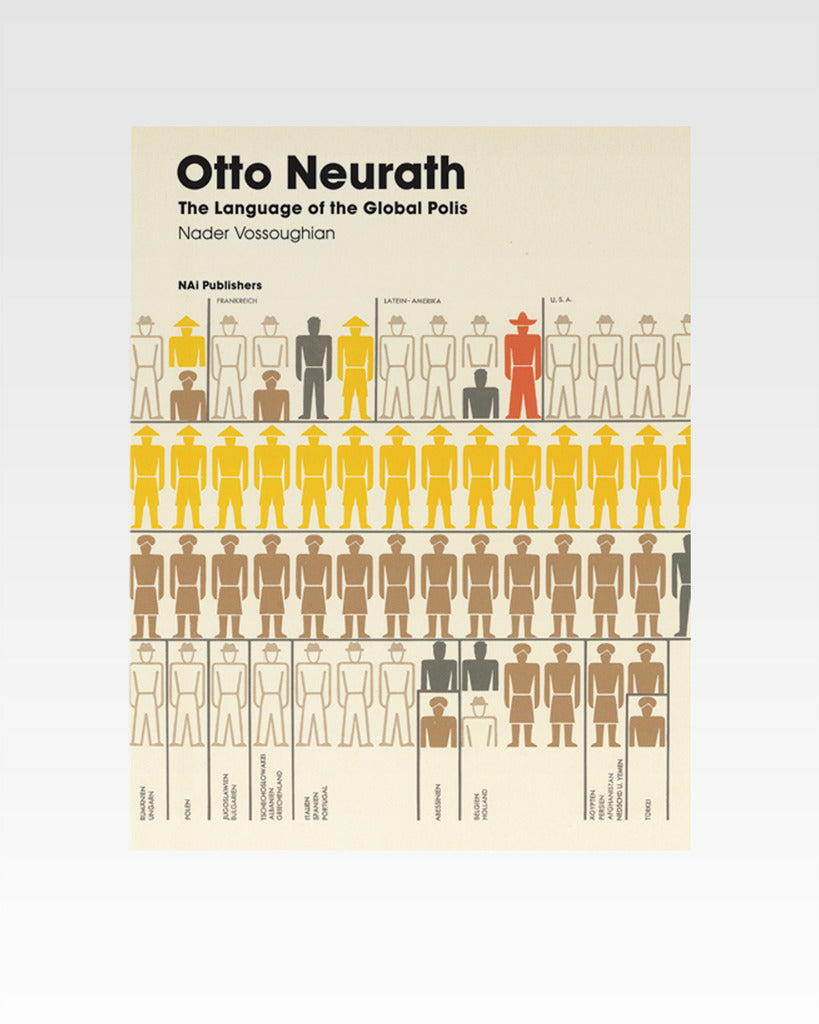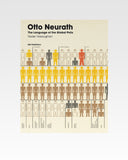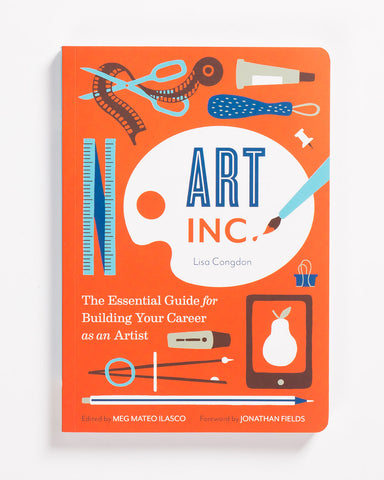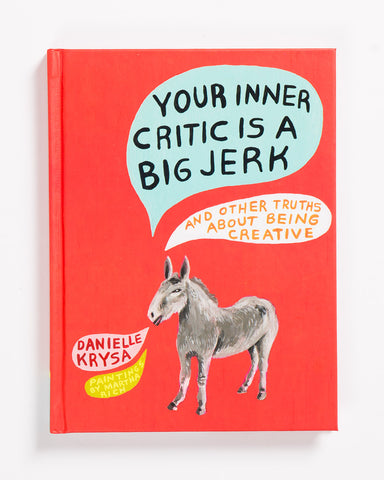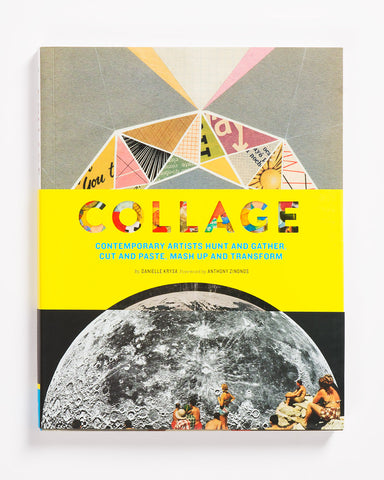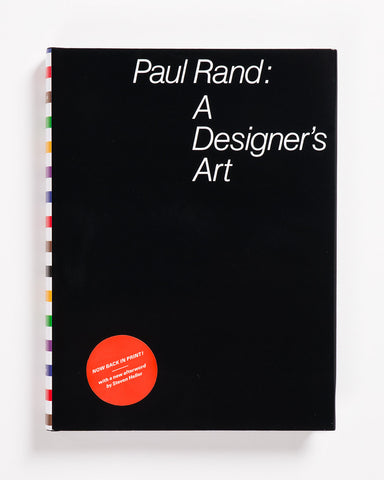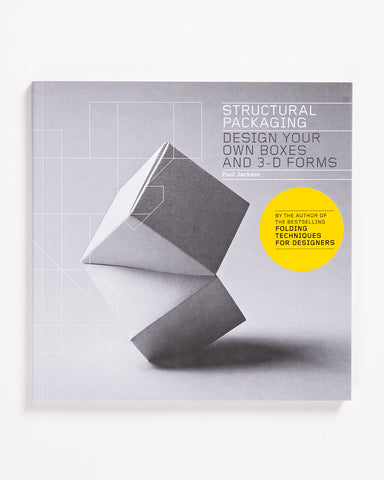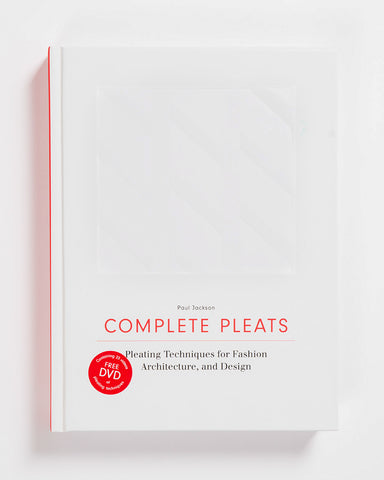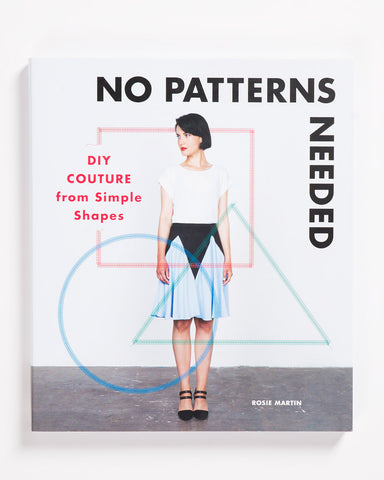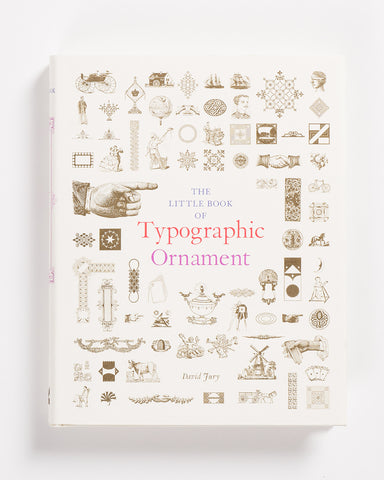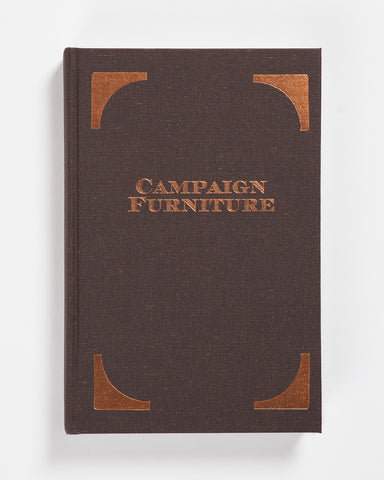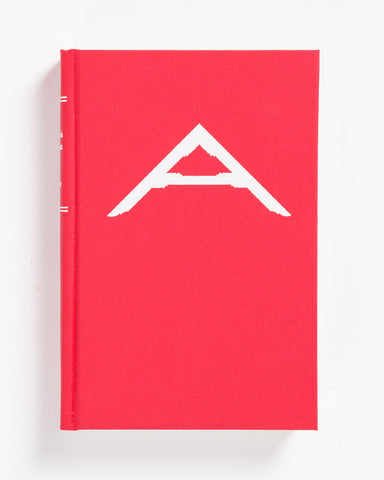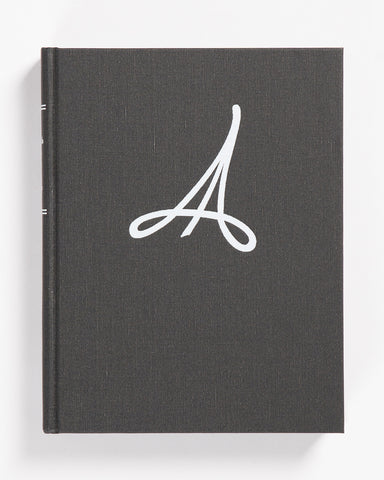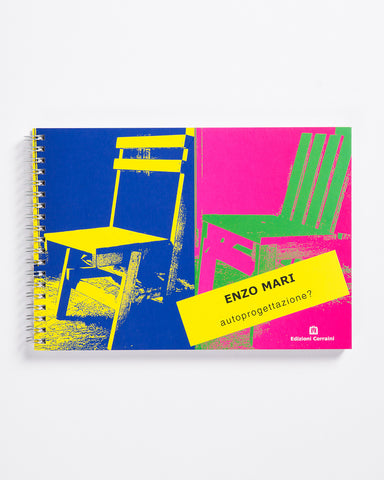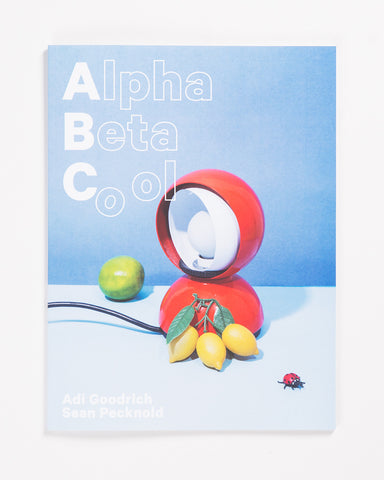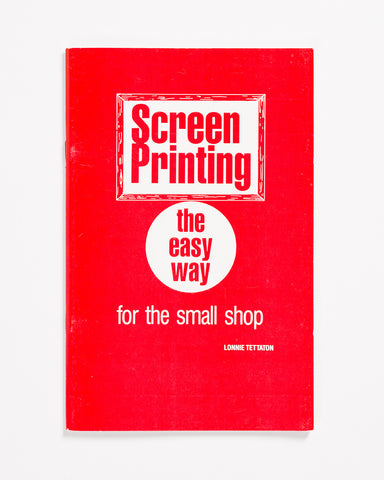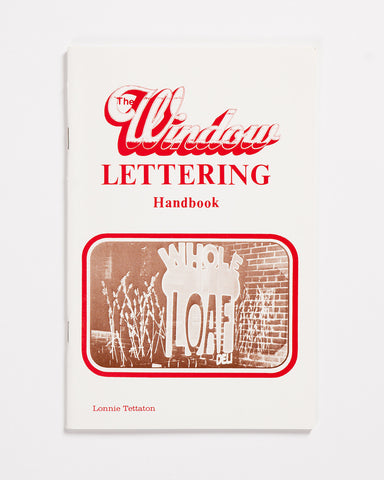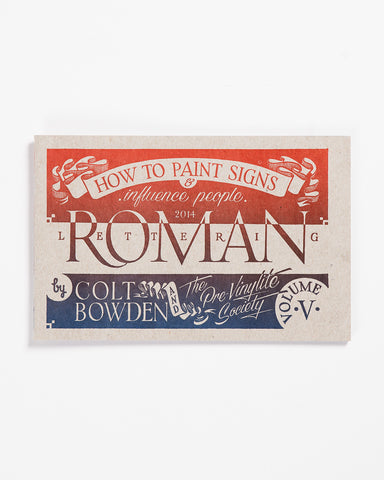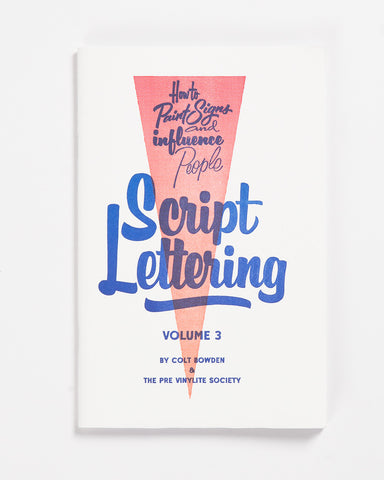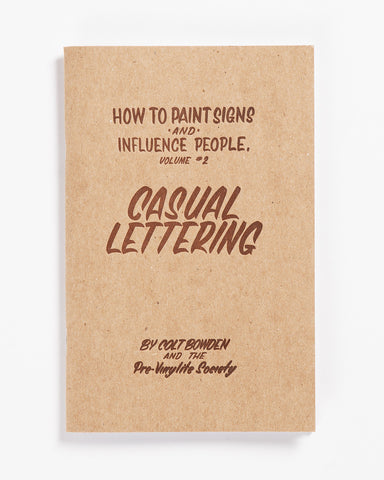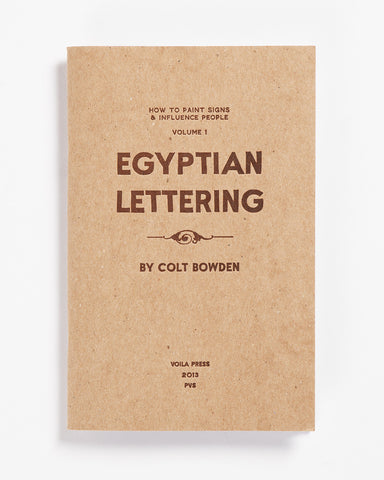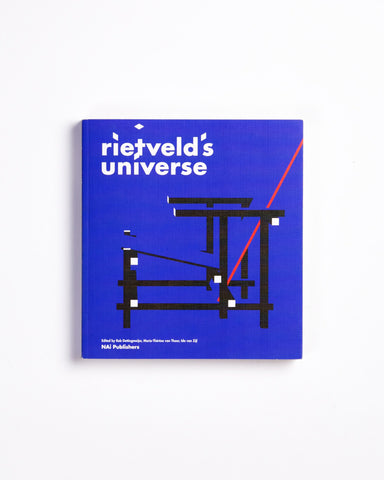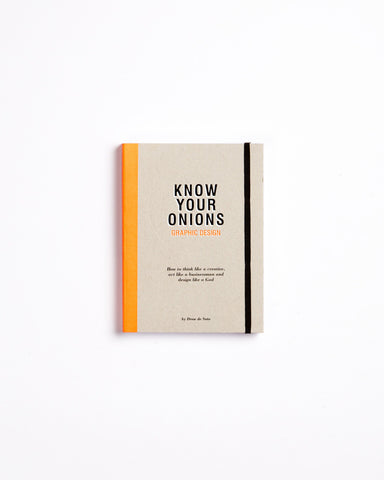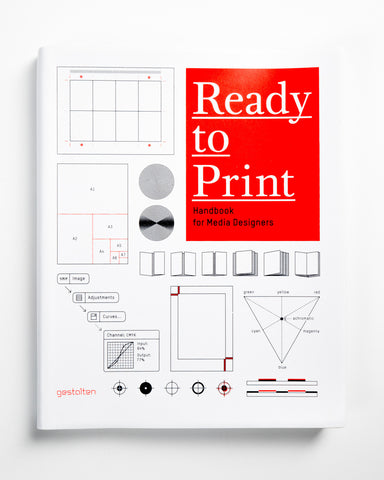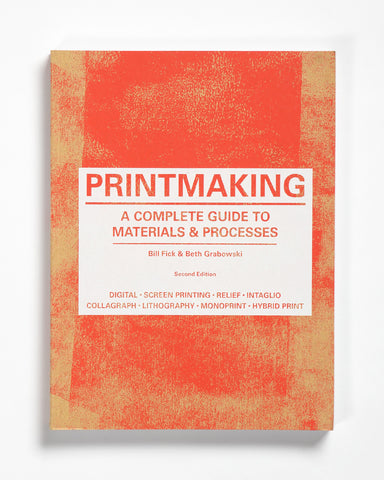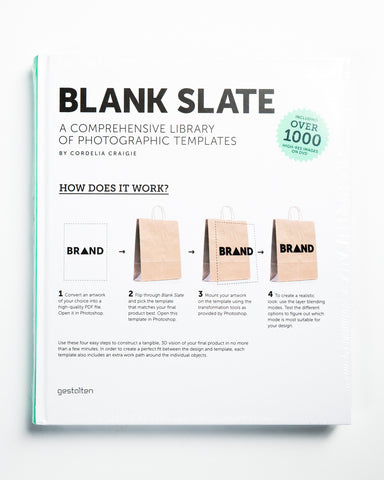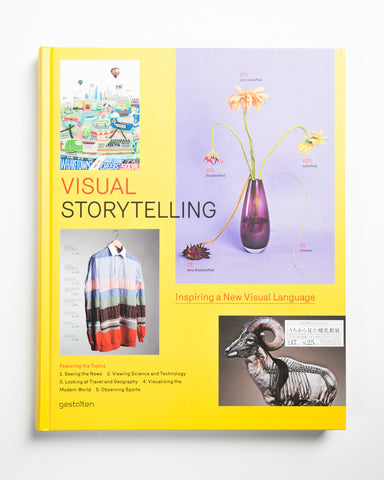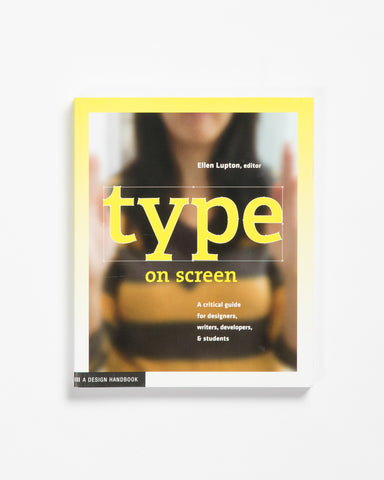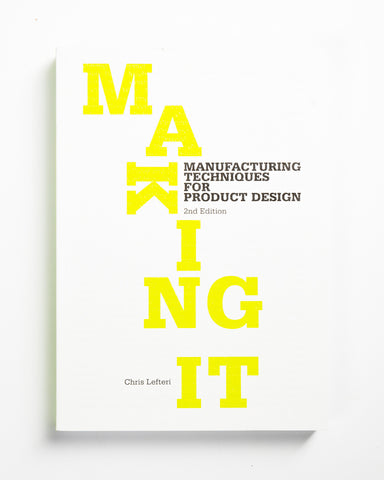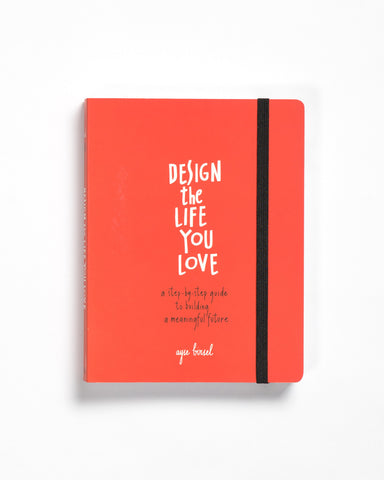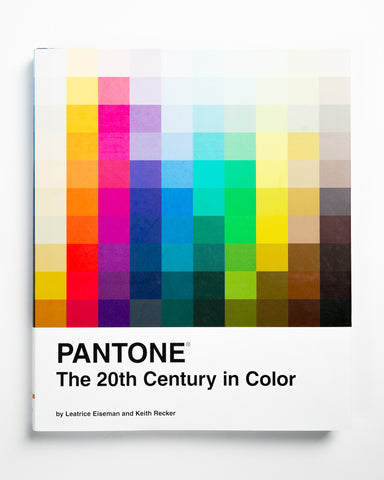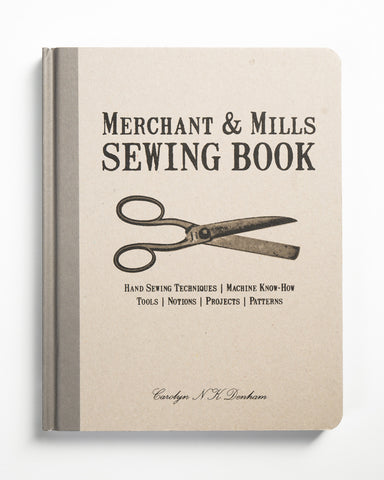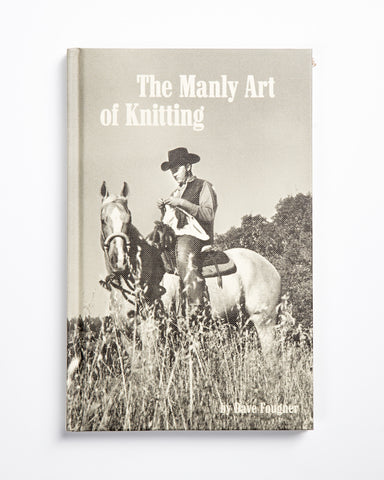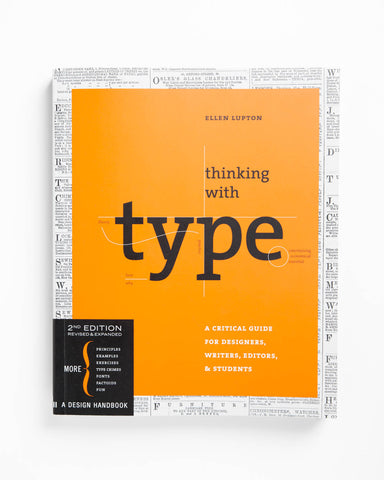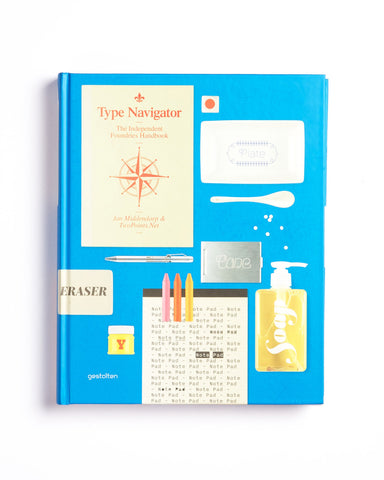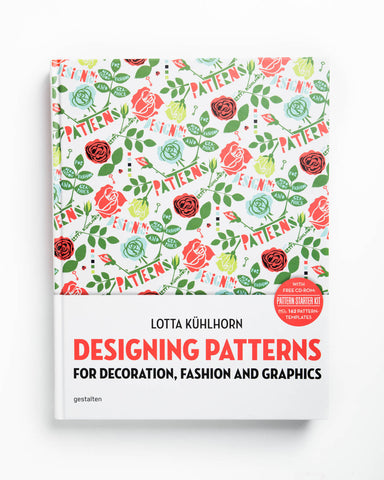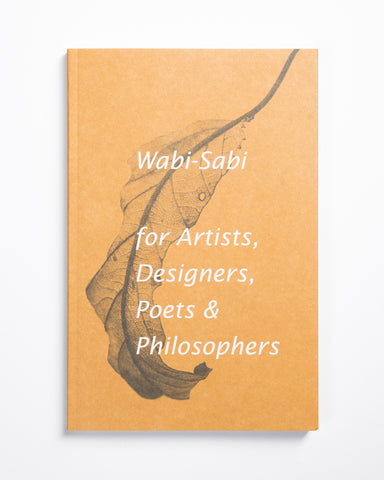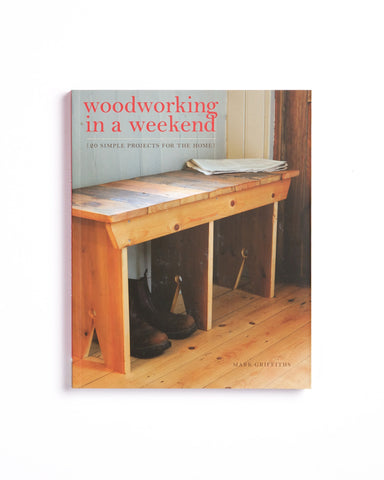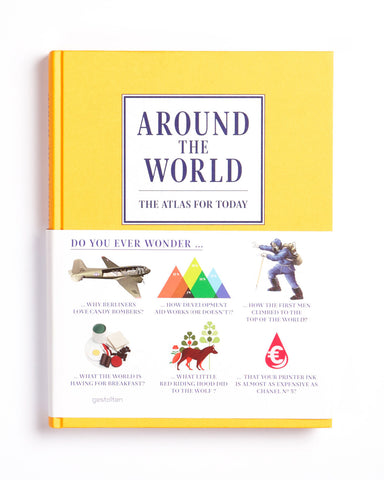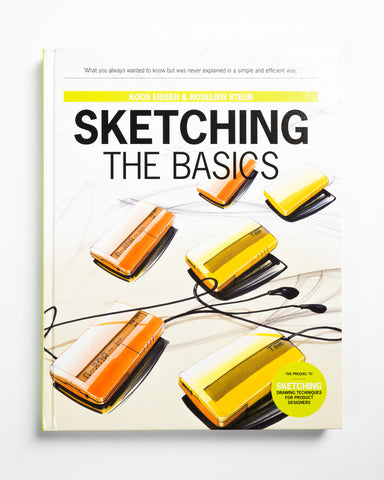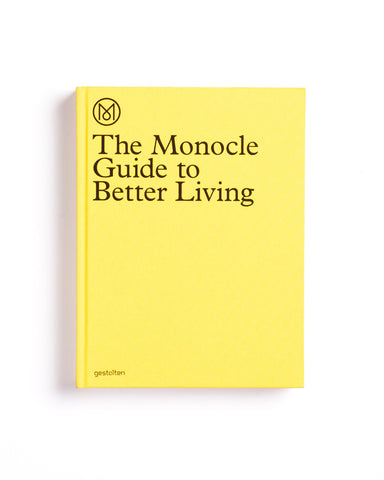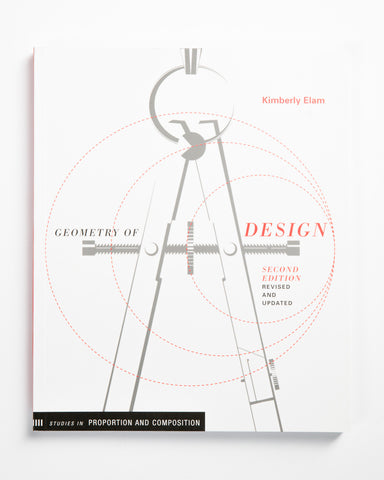Otto Neurath:The Language of the Global Polis
Sold Out
Text by Nader Vossoughian.
The Austrian sociologist Otto Neurath was a seminal figure of twentieth-century modernist thought. Member of the Vienna Circle, founder of the Museum of Society and Economy, inventor of the famous Isotype pictorial system and champion of the Unity of Science movement, Neurath espoused a vision of a "global polis" that put him in contact with the leading intellectuals, architects and artists of his time, from Adolf Loos to Laszlo Moholy-Nagy, from Sigfried Giedion to Le Corbusier, from graphic designer Gerd Arntz to architect and urban designer Cornelis van Eesteren. From 1931onwards he collaborated with the International Congress of Modern Architecture (CIAM) and its chief exponents-Cornelis van Eesteren,Sigfried Giedion, Le Corbusier and Laszlo Moholy-Nagy-to construct an international language of urban planning and design. His close relationship with bibliographer Paul Otlet and the "cité mondiale" project led to an engagement with issues of international communication. Now in paperback, The Language of the Global Polis explores Neurath's ideas on the modern metropolis, his fascination with visual media and the Vienna Method of Pictorial Statistics and the ways in which Neurath attempted to internationalize the aims of his Museum of Society and Economy through collaborations with CIAM and Otlet and by establishing satellite museums across the world. Both scholarly and accessible, Vossoughian's text offers a new perspective to one of the most formidable intellectuals of the interwar period.
Otto Neurath (1882-1945) was a philosopher, economist and information designer. His work in all of these fields was unified by a wholesale rejection of metaphysics (as expressed in the philosophy of Logical Positivism) and his desire to construct universal knowledge systems to streamline information flow, the most famous of which are his Universal Silhouettes (for example the male and female silhouette son bathroom doors, and road signs such as the car swerving). He fled his native Austria after the Nazi Anschluss and eventually settled in Oxford, England, where he founded the Isotype Institute.
RETURNS & EXCHANGES
• All sales are final, no returns, no exchanges.
• No refunds.
Please consider your purchase carefully; all products on this site are either close-outs or memorabilia and are final sale:
Close-out items are unique and limited in quantity, we can not guarantee availability so they are offered only as final sale.
Memorabilia items are created on-demand, individually for each customer, there is no inventory held so they offered only as final sale.
We thank you for your support and for your purchases commemorating the original, real-world and online incarnations of Hand-Eye Supply (2010-2016.)
How do I find out about new arrivals and promotions?
Why should I register for the newsletter?
If you register for the newsletter, you’ll be the first to know about sales, new arrivals, and fresh content from HES. We send out early-bird specials and exclusive deals to newsletter subscribers. To subscribe is to be in the know.
What are wish lists for?
You can create a wish list just for you or to show all your friends how they can get on your good side. By storing them in a nice and tidy digital box, a Wish List is a great way to keep track of products you like.
How can I figure out my size?
Because we usually work with small manufacturers, sizes vary from company to company and even batch to batch. We measure all clothing flat on the table upon arrival in our store to give you the most honest measurements. To determine which size is best for you, we recommend you measure a similar piece of your own clothing to compare to the measurements of the item you’re considering.
Is all of your apparel gender specific?
While we designate gender for apparel on our website for easier navigation, we offer apparel for everyone and embrace the term unisex. Some items have gender-specific cuts & fits, so please refer to the product details for more information.
Which payment methods can I use?
We accept all major credit cards: American Express, Discover, MasterCard, and Visa.
When will my card be charged?
Your credit/debit card is charged for the amount of your order once your order has been submitted.
Is the payment information that I share with you secure?
All transactions are secure and encrypted. Credit card information is never stored. Hand-Eye Supply uses Secure Socket Layer (SSL) protocol to encrypt all sensitive information.
For your security, you will always be asked to enter your CVV code at checkout.
For our mutual security and fraud prevention, all orders made with a credit or debit card are subject to authorization by Hand-Eye Supply. To ensure validity, we may ask for further details before an order is processed.
Is the information shared with you kept private?
Core77's Hand-Eye Supply is the sole owner of the information collected on this site. When you use our website, we collect personal information such as your name, email, billing and shipping address, telephone number, and payment details. We will not sell, share, or rent this information to others in ways different from what is disclosed in this statement. It is solely used to correctly and fully process your order. All transactions are secure and encrypted, and we never store your credit card information.
Do I have to pay Sales Tax?
Hand-Eye Supply is required by law to collect sales tax on orders shipped to New York and Connecticut. If you are shipping to these states, taxes will be added to your merchandise total and displayed during checkout.
Who is responsible for duties on international orders?
The recipient of an international shipment may be subject to customs brokerage fees, import duties, and taxes after the shipment reaches the destination country. Duties and other import charges are the responsibility of the recipient. Customs policies vary greatly among countries. Please contact your local customs office for information. Hand-Eye Supply has no control over these government-imposed charges and cannot determine what they may be.
How do I track my shipment?
Once your order has been processed, you will receive an email with the tracking number. In addition, you can find the tracking number by logging into your Hand-Eye Supply account and selecting your order.
